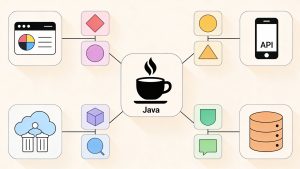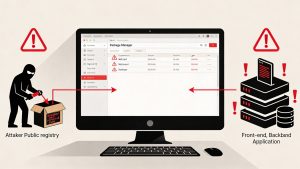“The tools of the interviewer are his questions,” notes the Harvard Business Review, and through expert use of questions, an experienced interviewer sizes up an applicant’s skills, talents, and job suitability.
In case of a job opening for a Selenium Automation Tester, recruiters know that everything from the interview to your everyday job will be circumscribed by the sense of urgency. Contemporary interviews work with limited time and yet the HR team must pick someone who can deliver on a deadline, or else, app releases are at stake.
This is especially so for intermediate and senior-level Selenium testers. For entry-level or junior posts, recruiters may ask basic Selenium interview questions. However, when interviewing someone with 4 or more years of experience, interviewers are not only exhaustive, but also detailed in their approach. As a candidate, you are tested based on the breath of your knowledge as well as your experience in troubleshooting certain finer issues.
To help you prepare for a mid-career Selenium Automation Tester job, here are 7 tricky and nuanced interview questions with appropriate answers.
These 7 tricky and nuanced Selenium interview questions are sure to leave you wanting to delve deeper into core concepts and explore further the practical issues that may arise when testing. As you whet your appetite for more, have our dynamic skill assessment and machine learning algorithms vet your profile and pave the way for an automation tester job at a Fortune 500 company.
All you need to do is sign up with Talent500 today. You’ll then be the focus of companies looking for the top 10% of talent and have a way to match your skill sets to the best job openings!



